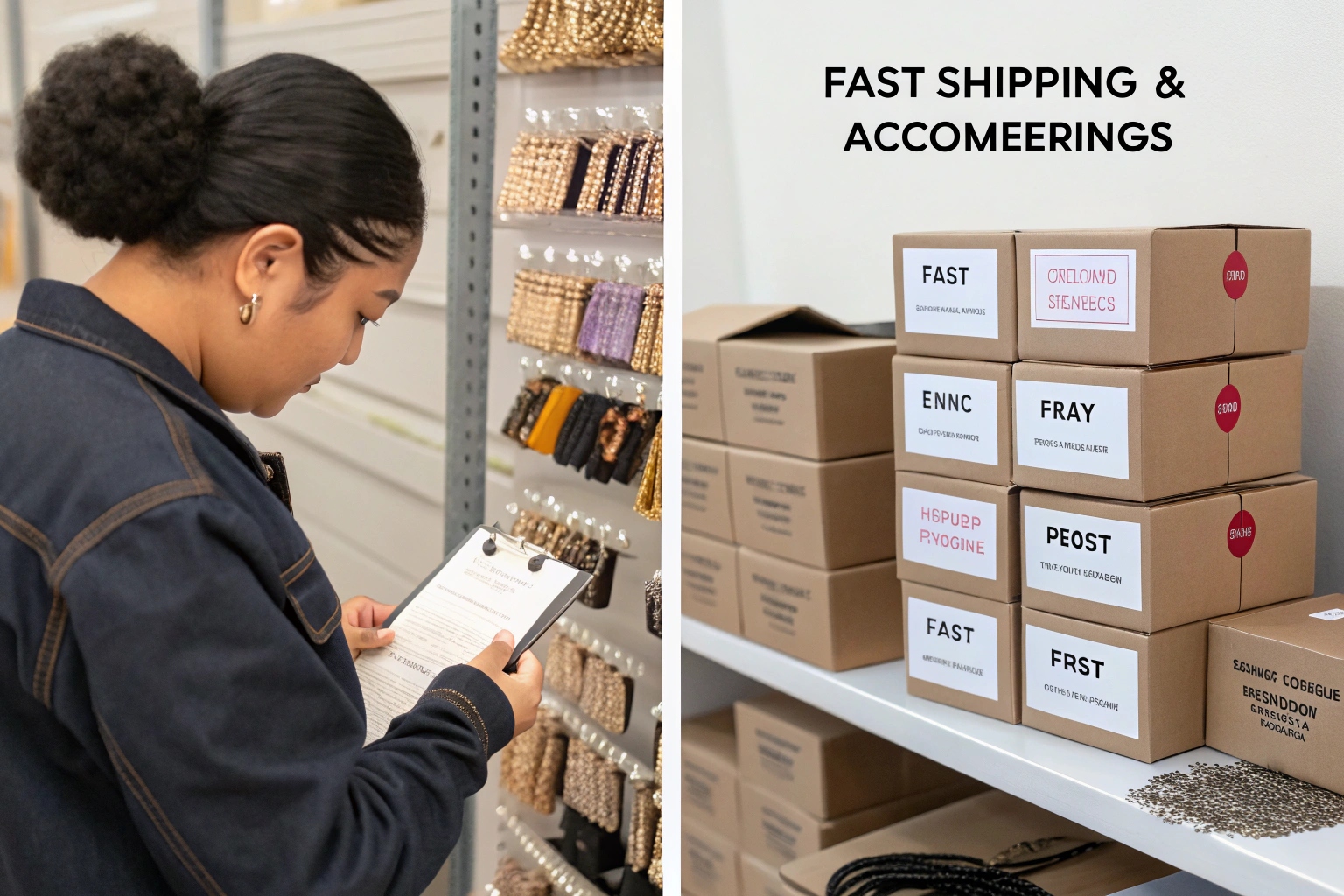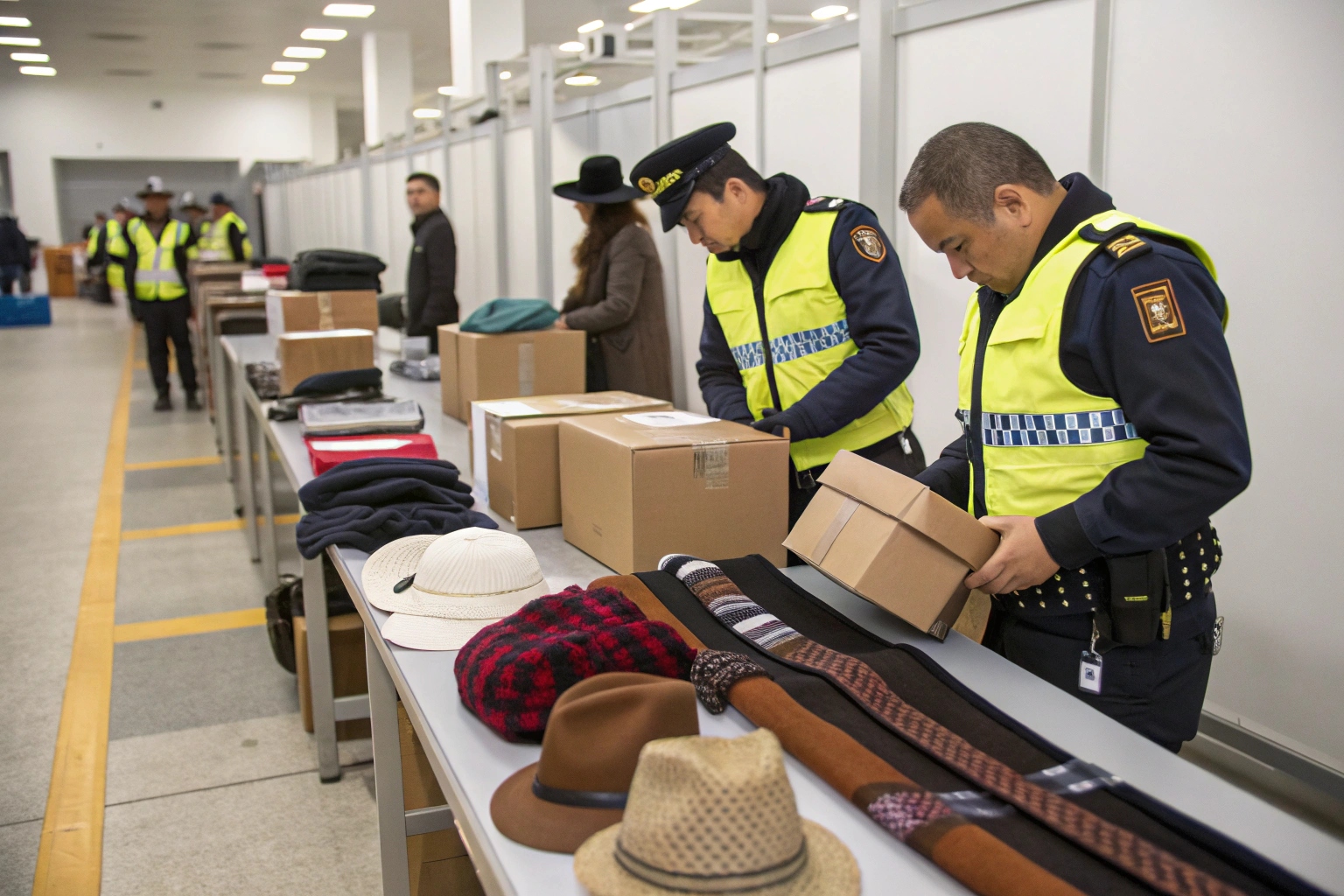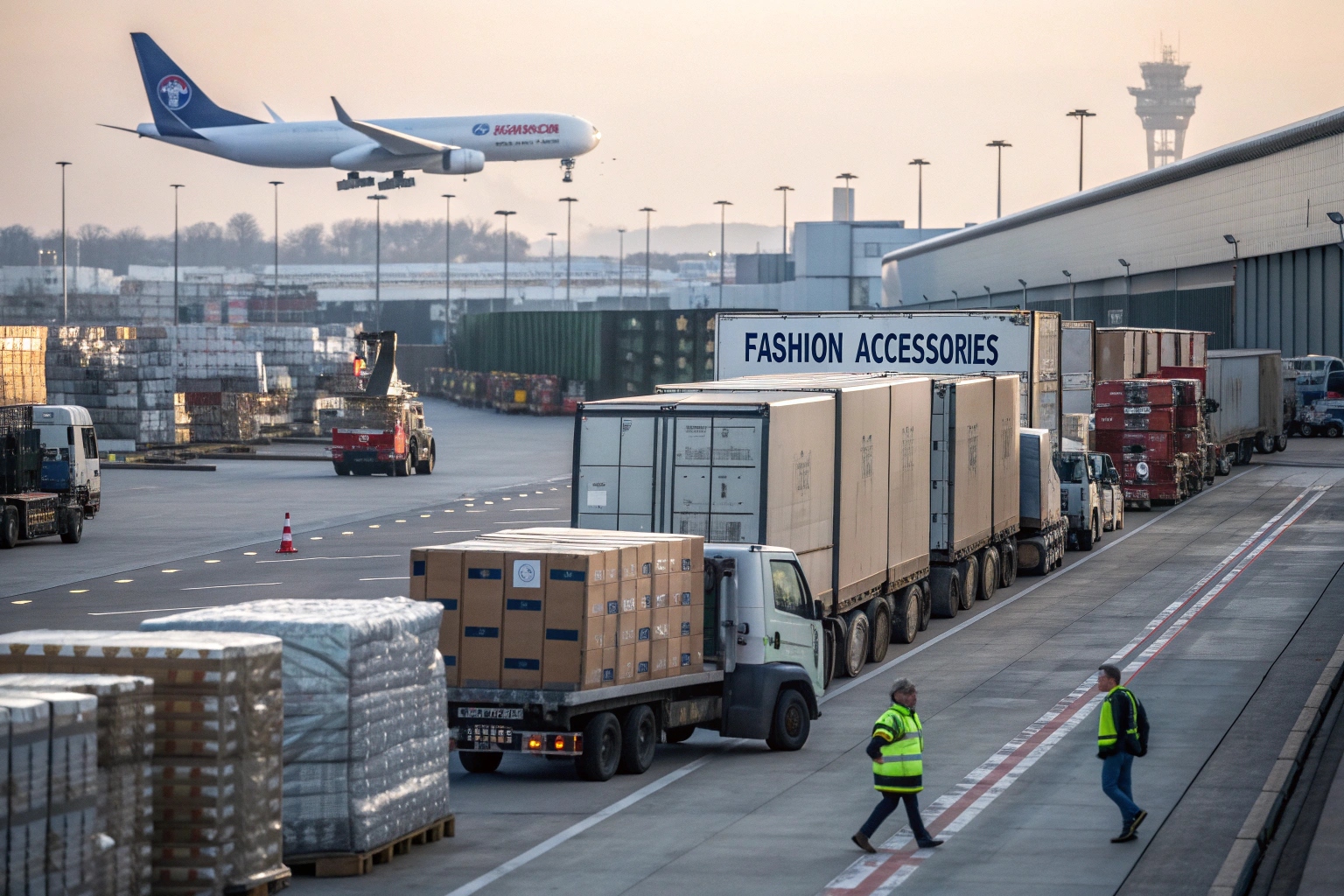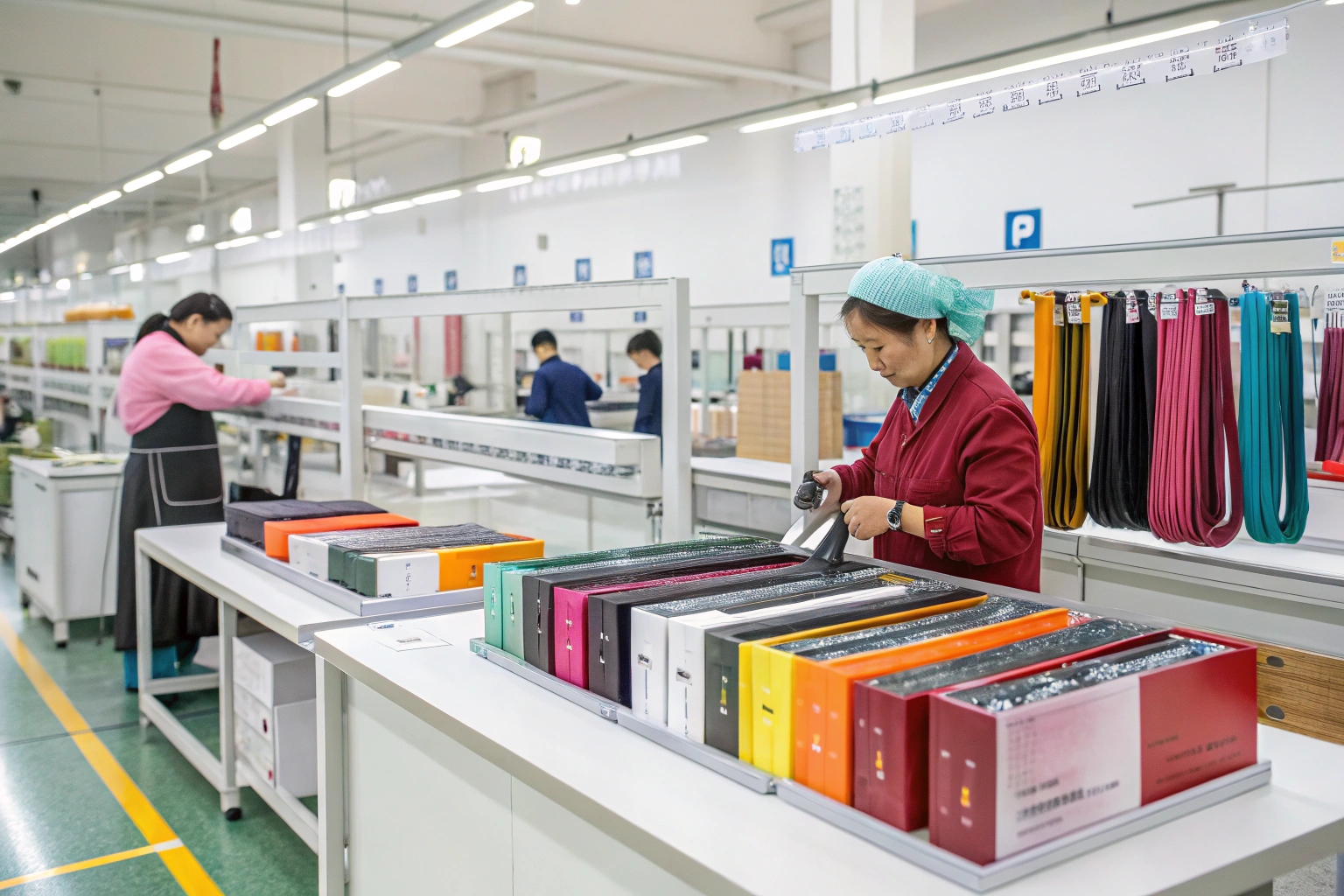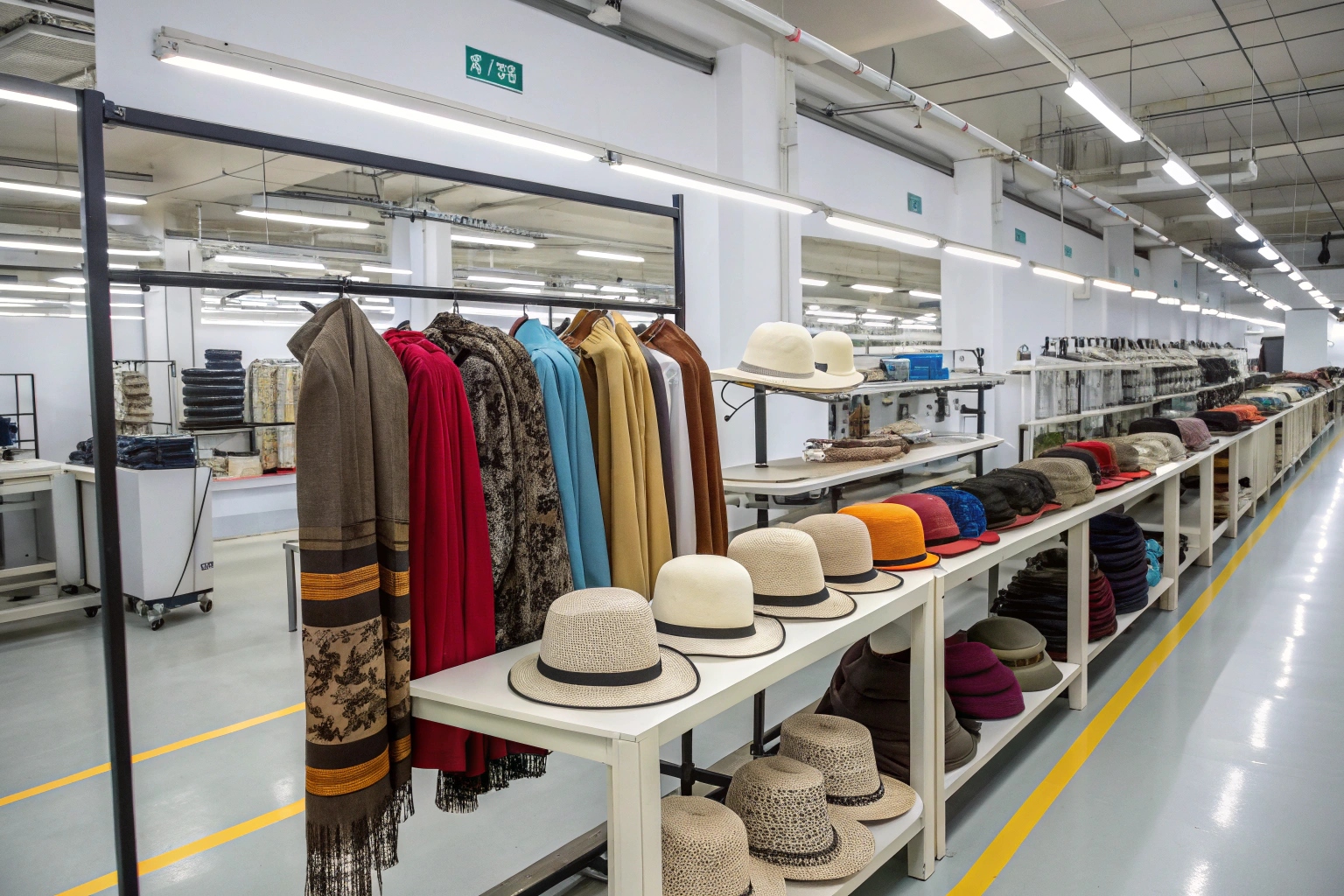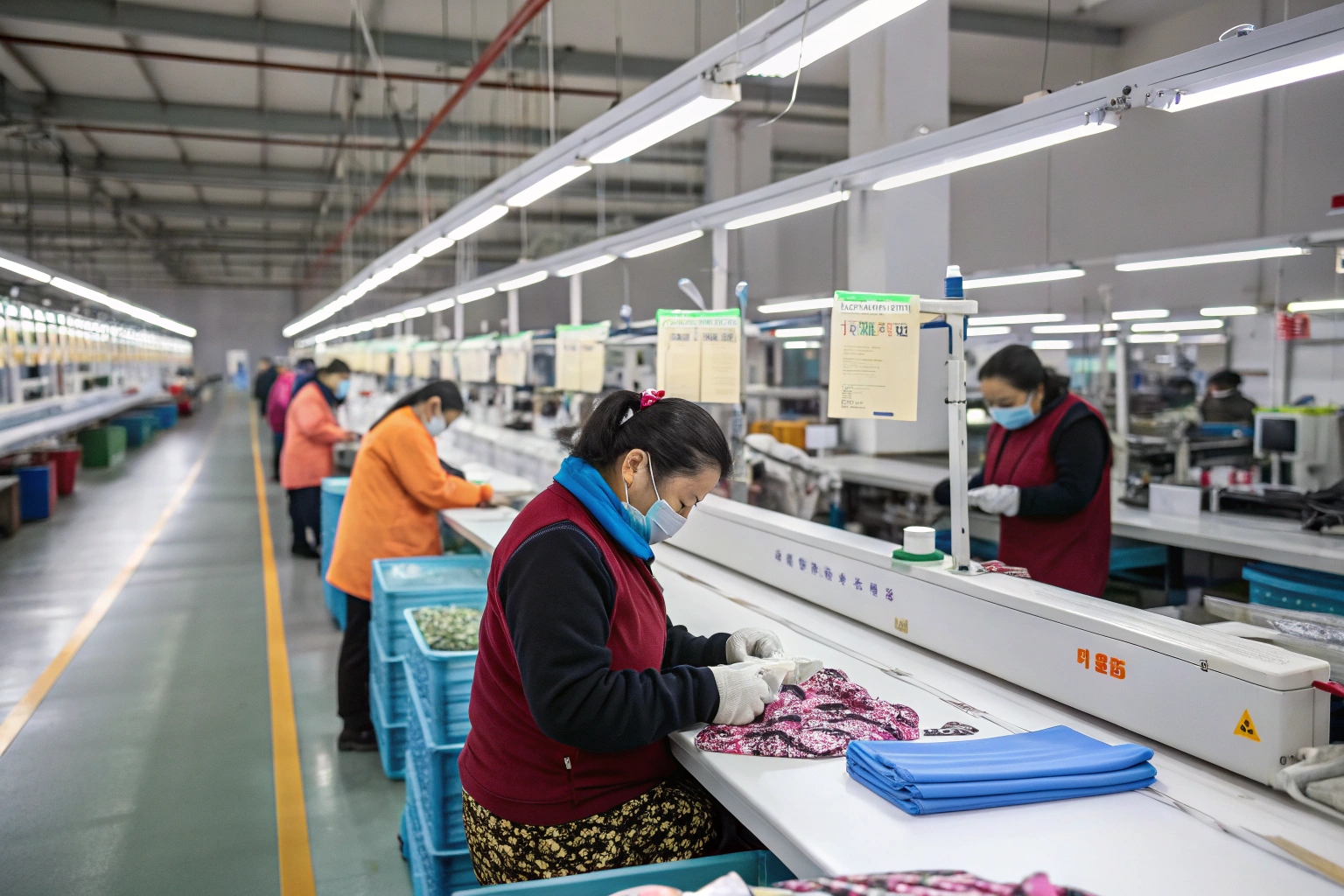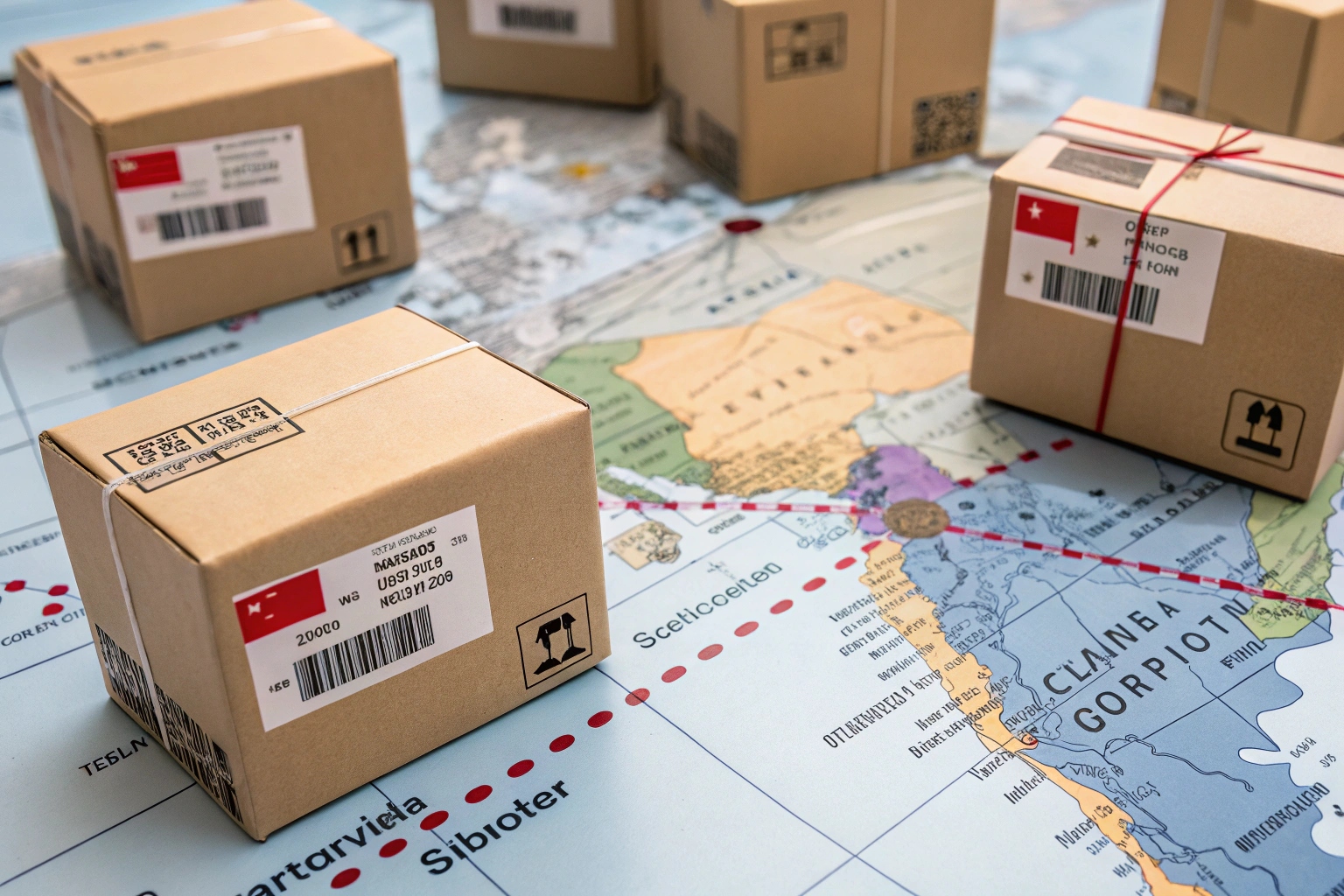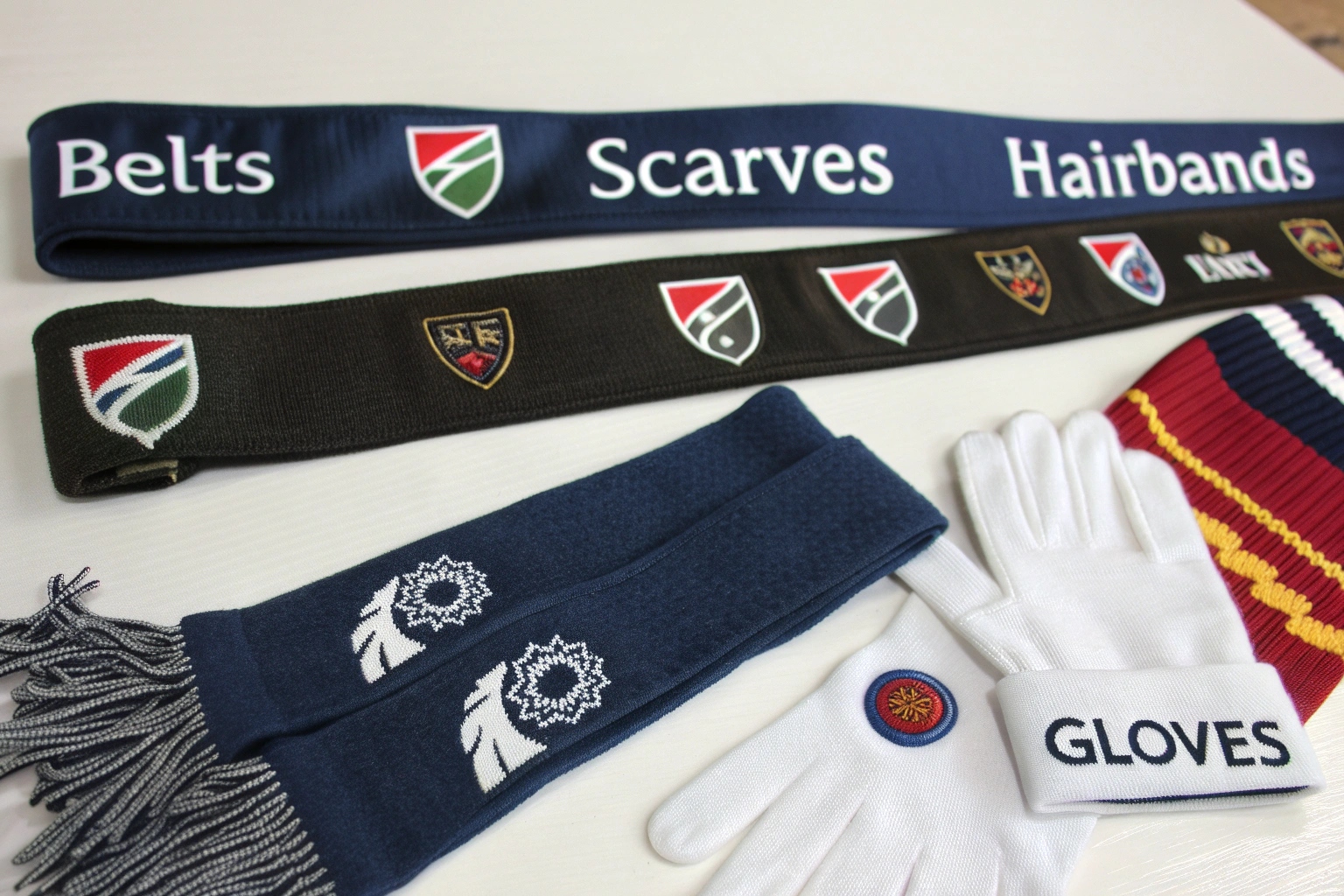Selling accessories online and in physical stores both sound simple—until sourcing kicks in. Suddenly, packaging, volume, pricing, and even product photography matter in very different ways.
Sourcing for online stores focuses on smaller batches, brand-ready packaging, and speed, while brick-and-mortar sourcing emphasizes volume, shelf presence, and long-term inventory planning.
At AceAccessory, we’ve worked with both digital-first fashion brands and major retail chains. Each one sources differently—and their success depends on how well that sourcing matches their retail model.
What are the key differences between brick and mortar stores and online retail formats?
The buying journey changes everything—from how shoppers interact with products to what kind of accessories they choose.
Brick-and-mortar stores rely on tactile shopping and visual merchandising, while online stores depend on digital images, fast delivery, and customer reviews to drive decisions.
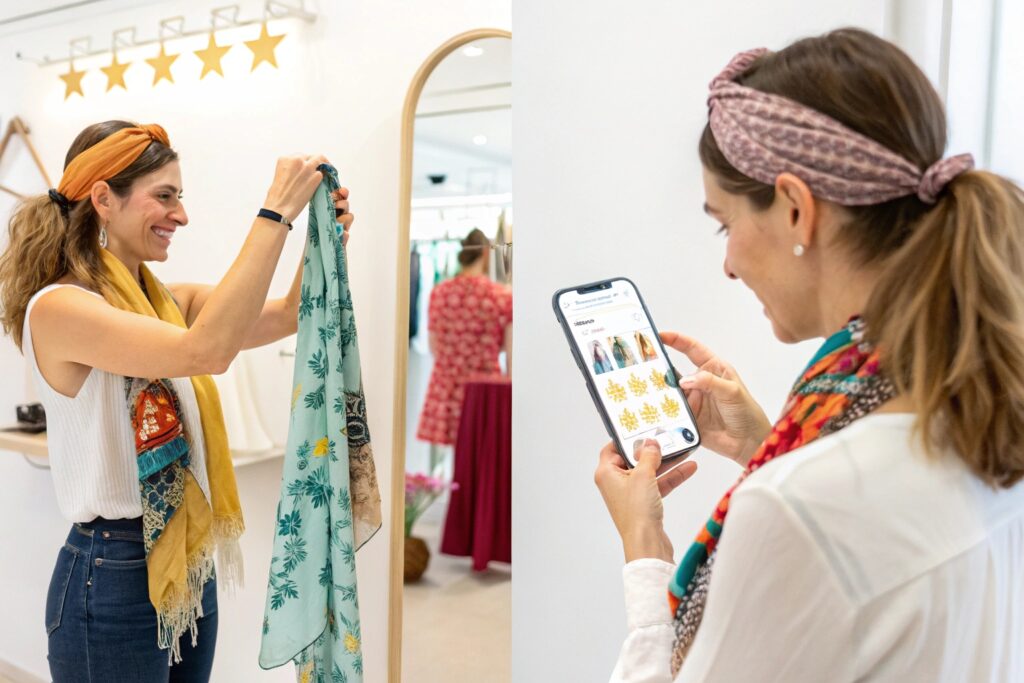
How customer behavior drives sourcing differences for each format
In-store shoppers often decide based on color, size, or feel. Online shoppers, however, need clear photos, detailed specs, and guarantees.
A. Product Packaging
- Brick Stores: Focus on hanging display cards, retail-ready boxes
- Online Stores: Need protective packaging for shipping and returns
B. SKU Strategy
- Brick Stores: Prioritize color variety and bulk shelf sets
- Online Stores: Prioritize bestsellers, curated listings, bundle packs
C. Inventory Management
- Brick Stores: Require stock balancing across regions or locations
- Online Stores: Prefer low MOQ dropshipping or just-in-time inventory
| Feature | Brick-and-Mortar | Online Store |
|---|---|---|
| Packaging | Display-focused | Shipping-focused |
| Order Volume | High per SKU | Low-medium per SKU |
| Product Turnover | Predictable seasonal cycles | Responsive to digital trends |
| Quality Return Rate | Lower (in-store testing) | Higher (sight unseen orders) |
We’ve helped Amazon sellers develop zip-sealed polybags with QR codes, while big-box stores in France requested matching color cards with UPC stickers for each hairband set.
What are some key differences between running a brick and mortar business versus an online business?
Running these businesses looks different on paper—and even more so in operations, marketing, and sourcing.
Brick-and-mortar businesses depend on local foot traffic and in-store experience, while online businesses scale through digital channels and flexible logistics.
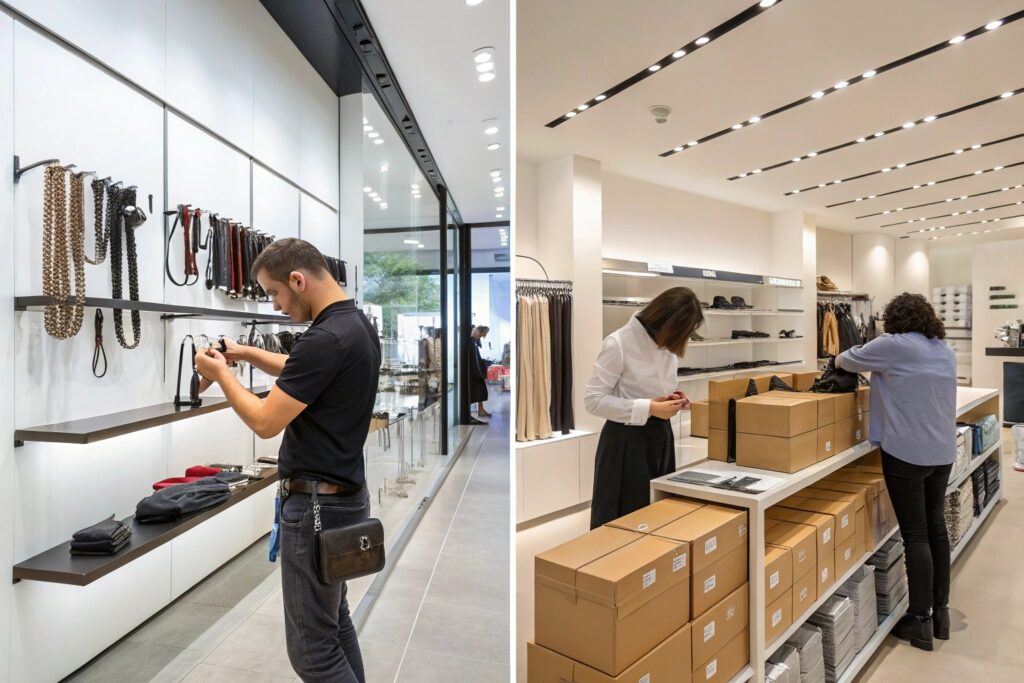
Sourcing logistics and partnership demands in each business type
A. MOQ and Lead Times
- Brick stores: Often order in container-level volumes, plan 3–6 months ahead
- Online stores: Prefer flexible batch sizes and quick restocking
B. Supplier Communication
- Brick stores: Prefer account managers and fixed contract pricing
- Online stores: Need agility, real-time chat, and dynamic product rotation
C. Returns and Exchanges
- Brick: Managed in-store, fewer returns
- Online: Higher return rates, need for protective and reversible packaging
| Business Function | Brick-and-Mortar | Online Store |
|---|---|---|
| Sourcing Timeline | Long-term seasonal | Short-term agile |
| Supplier Relationship Type | Formal and contractual | Flexible and iterative |
| Return Handling | Low volume, manual | High volume, platform-driven |
| Feedback Loops | Slow (retail feedback) | Fast (reviews, returns) |
AceAccessory supports both models: fixed PO cycles for department stores, and rolling replenishment plans for D2C hair clip brands with viral influencer exposure.
What are the key advantages of eCommerce over traditional brick-and-mortar retail?
The pandemic shifted buyer behavior—and eCommerce hasn’t slowed down. Flexibility, reach, and data control are clear wins.
ECommerce offers global reach, lower operational costs, and rapid product testing, making it more adaptable and data-driven than traditional retail models.
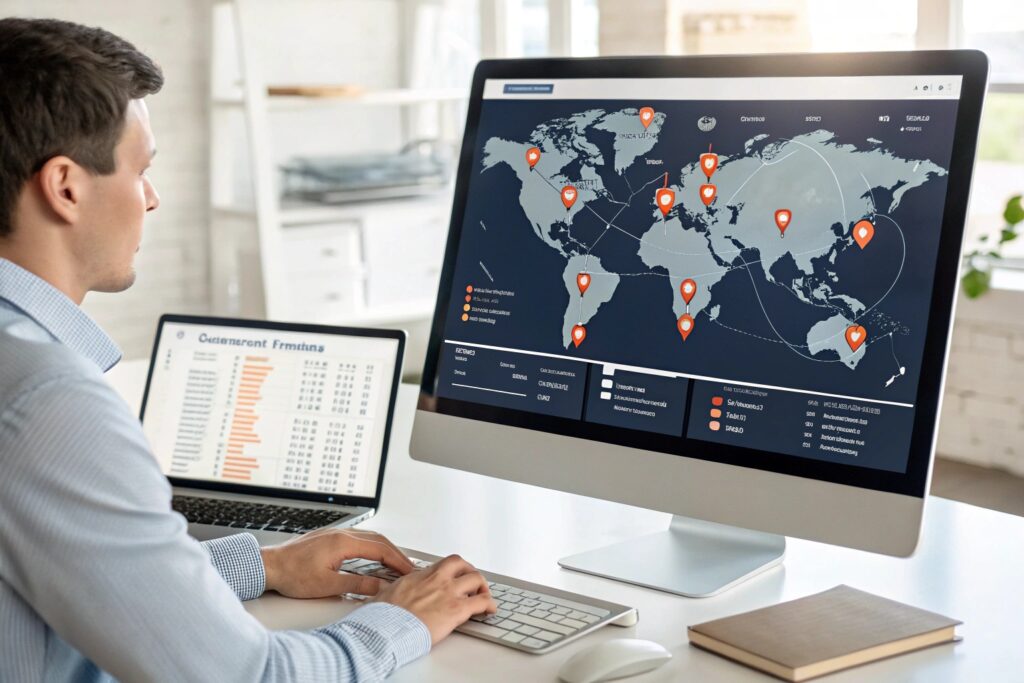
What makes sourcing for eCommerce both easier and harder?
A. Lower Upfront Investment
- Sellers can test 100 units instead of committing to full container loads
- Ideal for new accessory launches, seasonal styles, or niche collections
B. Higher Feedback Visibility
- Instant reviews and ratings help brands understand quality and fit issues
- Suppliers like us can tweak sizing, clips, or packaging in real time
C. Access to More Suppliers
- Global sourcing via Google, Alibaba, TikTok—no need for in-person visits
- But higher fraud risk or miscommunication also exists
D. Flexible Branding
- Smaller brands often request white-label or unbranded packs
- Customization per shipment is possible (different UPCs, labels, inserts)
| eCommerce Sourcing Edge | Impact on Accessories | AceAccessory Solution |
|---|---|---|
| Small Batch Testing | Trend-driven launches | MOQ as low as 1000 per style |
| Rapid Feedback Loop | Fast adaptation needed | 15-day redesign cycles |
| Platform-Focused Packaging | Needs fit Amazon or Shopify specs | Custom box specs per platform |
| High Return Rate Risk | Risk of loss/damage | Foam-lined boxes, QR manuals |
One U.S. eCommerce brand we support adjusted their hair tie elasticity after just 20 bad reviews—avoiding more returns by week two.
How can brick and mortar stores compete with online retailers?
Physical stores still dominate bulk accessory sales. But they need to evolve with shopper expectations and improve sourcing flexibility.
Brick-and-mortar stores can compete by offering exclusive in-store collections, immersive merchandising, and integrated digital loyalty systems.
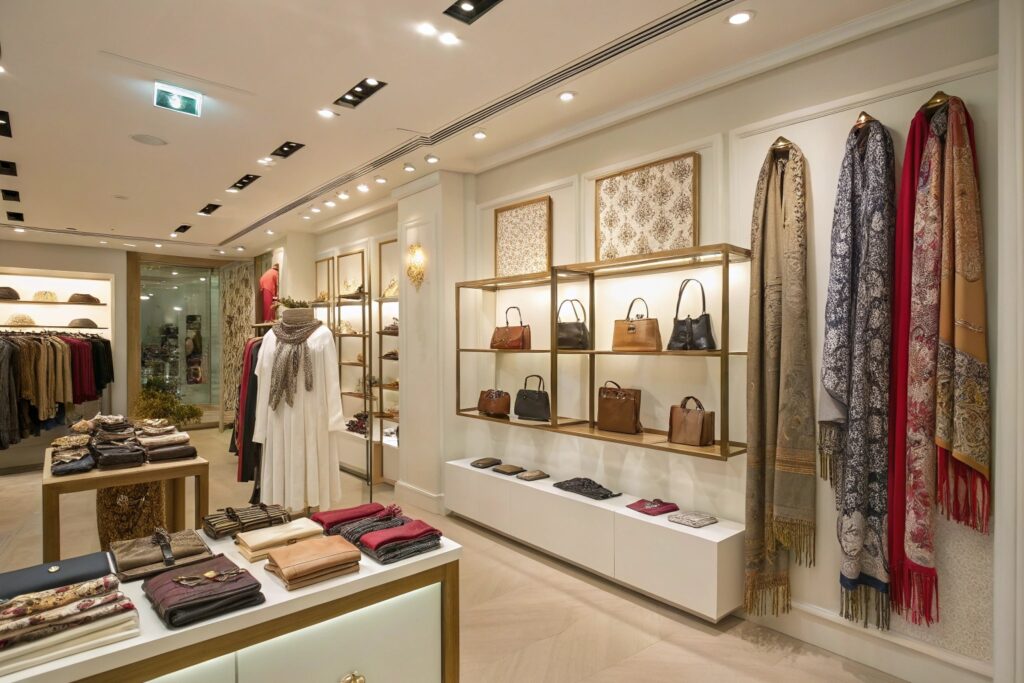
What sourcing tactics help physical stores stay competitive?
A. Exclusive SKUs
- Use in-store-only variants to drive traffic
- Add local flair or collaborations to differentiate from online bundles
B. Faster Restocking
- Instead of buying everything in bulk, split into regional demand batches
- Use domestic warehouses or bonded zones to reduce time-to-shelf
C. Themed Displays
- Tie clip designs to store layout themes: school season, wedding season
- Coordinate accessories with apparel or gift departments
D. In-Store Feedback Loops
- Ask staff for fastest-moving colors/styles
- Enable QR-based reorder portals for customer interest
| Retail Strategy | Competitive Advantage | Supplier Role |
|---|---|---|
| In-Store Exclusive Lines | Draws repeat traffic | Unique packouts, custom labels |
| Hybrid Inventory Model | Fast reorder, leaner stock | Pre-shipment carton separation |
| Localized Merchandising | Better conversion rates | Region-based assortments |
| Staff Feedback Loops | Real-time SKU improvement | Weekly PO support and adaptation |
At AceAccessory, we ship batch-labeled cartons for five supermarket chains across Europe—allowing them to restock based on exact shelf demand data weekly.
Conclusion
Sourcing isn’t just about finding the right products. It’s about matching those products to how and where they’re sold. Whether you’re running an online store or a brick-and-mortar shop, we at AceAccessory adapt to your model with flexible production, tailored packaging, and real-time service.

